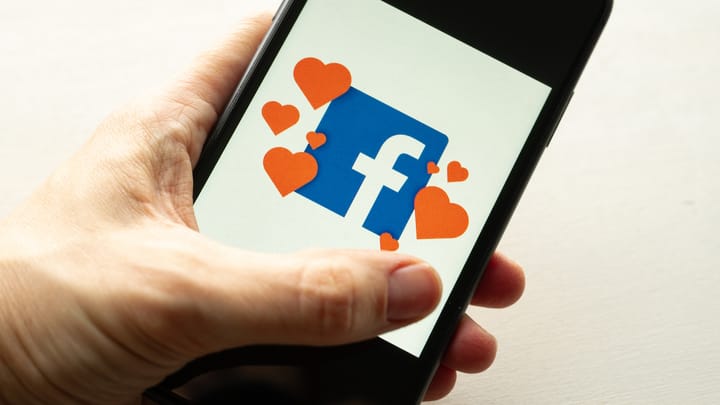88% of Gen Z Says Emojis are Useful at Work
Gen Z is 4x as likely as Gen X to experience unclear communication daily

Almost 9 in 10 (88%) of Gen Zers say emojis are useful at work, per a recent Atlassian survey.
As Gen Zers join the workforce in greater numbers, their preferences—especially their reliance on emotional cues like emojis—may well shape the future of workplace communication.
A joint report by Boston Consulting Group (BCG) and Snap Inc projects that Gen Z already makes up 25% of India’s workforce, a figure set to grow to 47% by 2035.
But a general misalignment in communication practices between newer workforce entrants and their older colleagues is exemplified by the emoji debacle: less than half of Gen X and baby boomer knowledge workers think emojis have a place at work.
This disagreement can ladder up to major cultural issues, especially in workplaces where written communication—not in-person meetings—is the norm: Almost all respondents (93%) regularly communicate in writing; nearly half (44%) said written communications are their primary mode of contact, ahead of speaking in-person.
Emojis are part of Gen Z’s digital body language, a term for the day-to-day behaviors, such as how quickly someone responds to a message, whether they use emojis, their punctuation and tone. Digital body language is a crucial form of workplace expression and a key to forming enduring bonds.
“The way we talk at work has gone through a full-blown transformation. Emails, DMs, Slack threads, Zoom chats—it’s all digital now. And for a lot of us, that shift has been a learning curve,” explains Dominic Price, Work Futurist at Atlassian.
In fact, Gen Z is 4x as likely as Gen X to experience unclear communication daily, and half of Gen Z respondents (48%) say they waste time each week attempting to interpret written messages from their colleagues - time that could otherwise be used for productive, mission-critical work.
As the first digitally native generation, Gen Z brings a fundamentally different set of workplace expectations. Many of them entered full-time employment during and immediately after the pandemic lockdowns; from the beginning, they’ve been chasing emotional cues in a context-starved world.
“Gen Z instinctively knows how to make online communication feel human. They get how to be clear, how to spark the right emotion, and how to build connection—without ever stepping into a meeting room,” says Price. “The bottom line is: digital communication isn’t just about what you say—it’s about how you say it. And if you want to connect across generations, you might need to brush up on your emoji game.”
As they look for jobs, approachable language is more than just a nice-to-have; it’s an expectation. Gen Zers are motivated by emoji reactions at 2.5x the rate of their Boomer colleagues. Nearly two-thirds (61%) of Gen Zers admitted they’re more likely to read messages that drop in an emoji or two.
Atlassian, in collaboration with YouGov, surveyed a total of 10,000 knowledge workers from the USA, Australia, France, Germany, and India regarding their workplace communication and productivity from August 8 to 24, 2024.



Comments ()